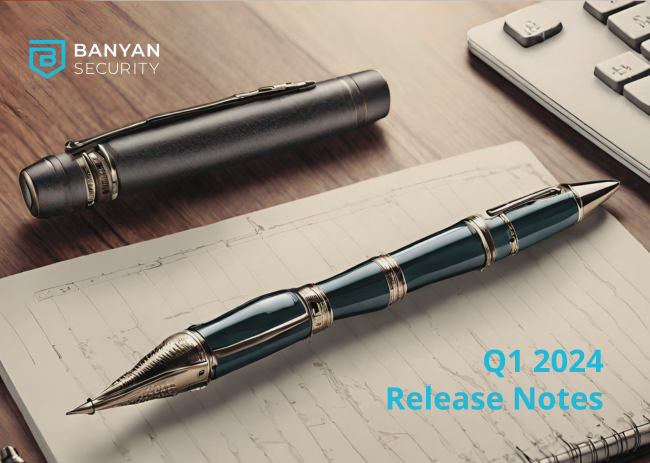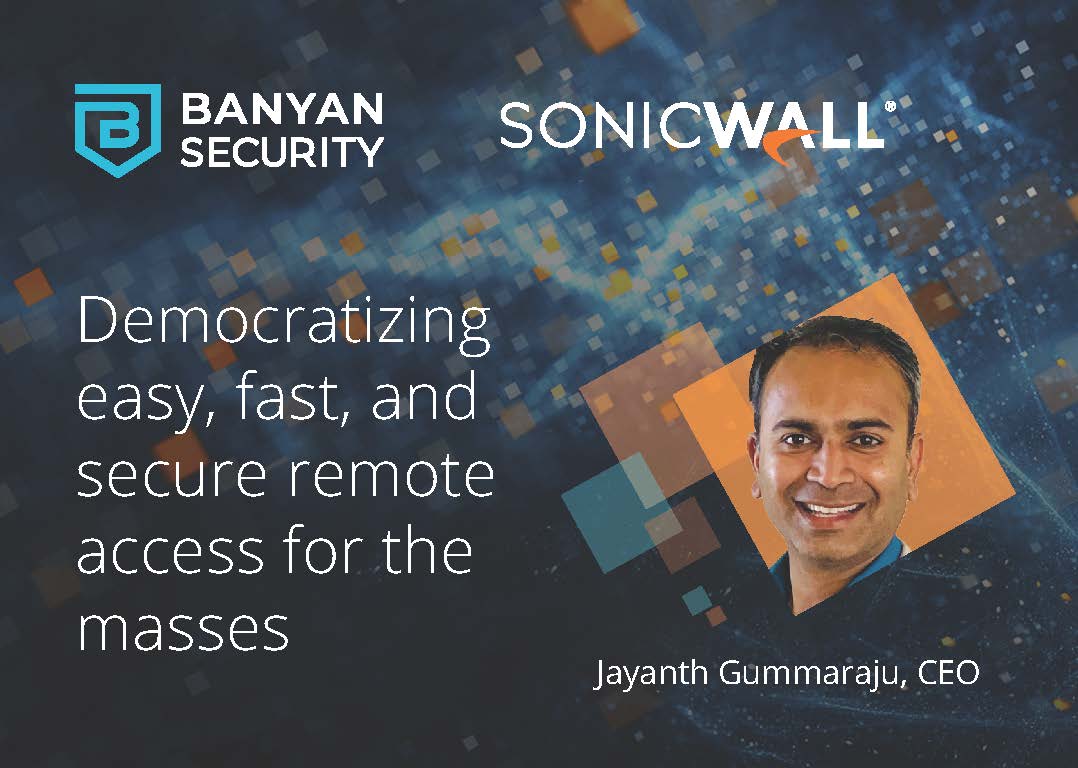“Zero Trust” is a cybersecurity framework and philosophy that assumes no user, device, or network can be inherently trusted. Instead, it requires the verification of every user and device attempting to access resources on a network, regardless of their location, whether they are inside or outside the organization’s perimeter.
Zero Trust Network Access (or ZTNA) thus assumes that any user or device accessing the company network or resources must be validated, regardless of their location, before granting a secure access connection.
Some of the use cases that ZTNA can solve include:
Remote access: ZTNA enables secure, “work from anywhere” access to applications and resources for employees, partners, and contractors. As organizations embrace remote work and cloud-based services, ZTNA provides a more flexible and scalable security solution, ensuring secure access to resources regardless of user location or device type.
Secure application access: By implementing least-privilege access, ZTNA ensures that users can only access the applications and resources they need to do their jobs, thus reducing the attack surface and risk of lateral movement.
BYOD (Bring Your Own Device) support: ZTNA can be used to provide secure access to corporate resources, even when the accessing device is a personal one, while also maintaining privacy and reducing the risk of data leaks.
Compliance and regulatory requirements: ZTNA can help organizations meet various compliance and regulatory requirements by providing granular access control, detailed audit logs, and security analytics.
Cloud security: ZTNA is well-suited to the growing adoption of cloud services. As organizations move their applications and data to the cloud, ZTNA can help provide secure access and protect these resources from unauthorized access and data breaches.
Mergers and acquisitions (M&A): ZTNA can make it dramatically easier and faster to provide for the access needs of workers from a newly acquired company. Rather than connecting a relatively “unknown” network to your existing corporate network, ZTNA can be used to safely and quickly provide granular access to needed applications and resources without any of the risk associated with connecting to an unknown network.
Secure access for third-party vendors: ZTNA can provide temporary (or long-term), limited access to specific applications and resources for third-party vendors, reducing the risk of unauthorized access or data breaches. ZTNA enables organizations to grant temporary, limited access to specific resources for third-party vendors without exposing an entire network, thereby reducing the risk of unauthorized access or data breaches.
Micro-segmentation: ZTNA helps organizations to create granular network segments, limiting lateral movement, and isolating potential threats. By isolating network segments, an attacker who gains access to one segment will find it more difficult to move to other segments, thus containing the potential damage.
Incident response and threat containment: In the event of a security breach or incident, ZTNA limits the potential damage caused by the attacker, as lateral movement is significantly reduced in such an environment. For example, ZTNA provides for granular control over who can access specific resources, reducing the risk of unauthorized access or data leaks. Using device trust further limits risk by ensuring secure access is only granted when the user is making their request from a uniquely identified device with an acceptable posture.
As you can see, ZTNA solves many problems, delivering numerous benefits. Best of all, with the Banyan Security Platform, you can deploy incrementally, with a single use case. For example, provide your third party development team with ZTNA-based access to the applications and resources they need. Banyan would love to chat with you about your use cases, and how we might help you progress in adopting a zero trust posture.



